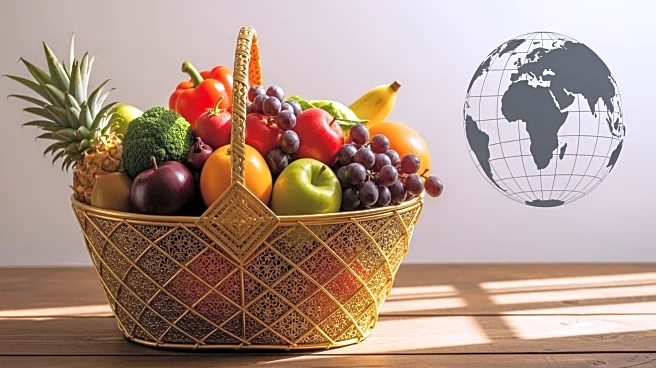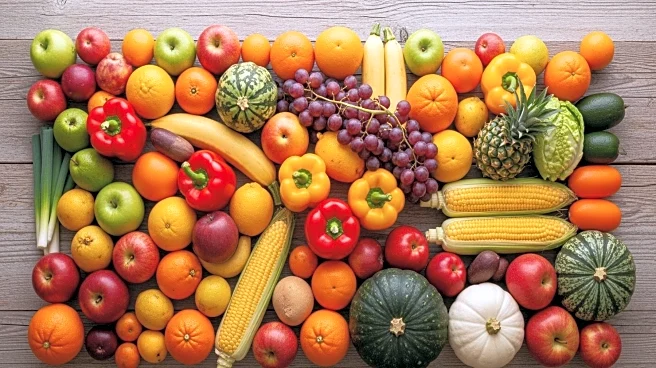What's Happening?
President Trump's trade policies are driving up farm input costs, impacting the profitability of American agriculture. The imposition of tariffs, particularly under Section 232 on steel and aluminum imports, has led to increased costs for essential farming
materials. Retaliatory tariffs from major trading partners, notably China, have targeted U.S. agricultural exports, reducing demand and commodity prices. The average effective tariff rate on agricultural inputs has jumped from 1% to 12%, with specific items like pesticides, tractors, and fertilizers seeing increases of 16-39%. This resurgence of tariff-driven cost increases presents challenges for farmers and agricultural companies.
Why It's Important?
The increased costs threaten the financial health of agricultural operations, potentially leading to reduced competitiveness and the long-term viability of family farms. Companies reliant on imported raw materials face headwinds, while domestic suppliers may benefit from reduced foreign competition. The broader agricultural downturn could suppress demand across the sector, impacting agricultural lenders and insurers. The situation highlights the delicate balance between trade protectionism and economic viability in agriculture.
What's Next?
Farmers may prioritize cost-cutting measures and explore alternative suppliers. Government responses, such as aid programs or trade negotiations, will be critical in influencing the financial health of farms. The industry may see accelerated adoption of precision agriculture technologies and diversification of crops to reduce reliance on vulnerable commodities.
Beyond the Headlines
The trade policies could reshape the agricultural landscape, influencing industry trends and supply chains. The ripple effects extend to processors and food companies, potentially leading to higher food prices and inflationary pressures. Policy discussions may intensify, debating the efficacy of protectionist trade policies versus open markets.













